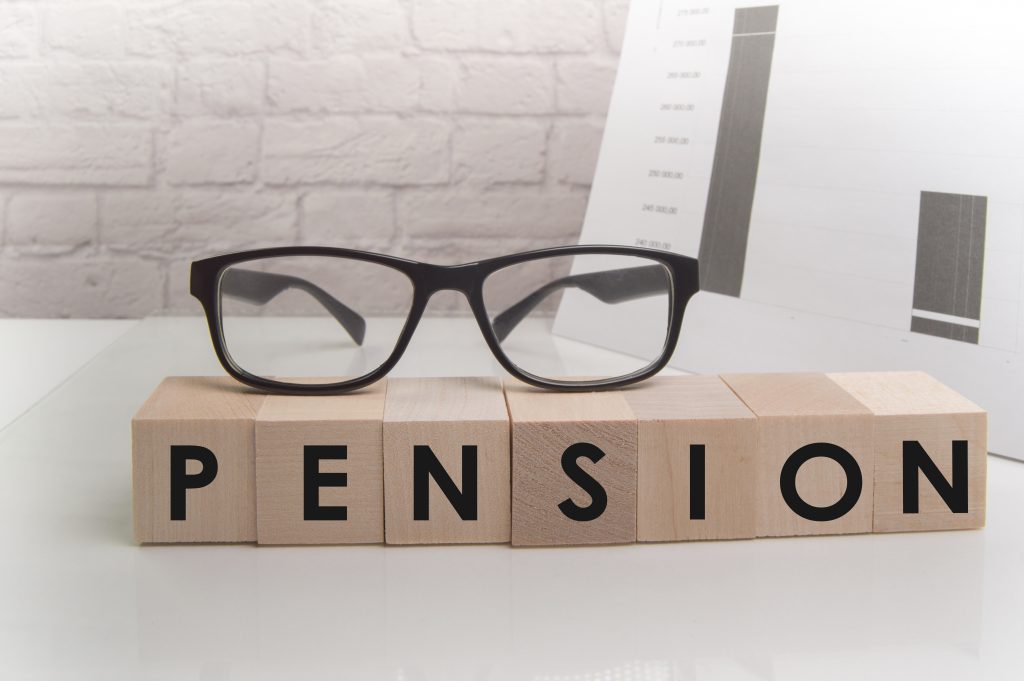
An Essential Guide To Pension Jargon
With such a complex landscape of investment products, fees, tax and regulation surrounding pensions, we have pulled together a glossary of the most commonly used pension terminology to help everyone get to grips with key industry jargon.
Annual Allowance
An Annual Allowance describes the maximum amount of pension savings you can receive tax relief on every year. This calculation is based on your own contributions, any employer contributions and any contributions made on your behalf.
Annuity
An annuity is a financial product that pays out a fixed, regular, guaranteed income to an individual for a set period of time (usually the rest of your life) at retirement. Traditionally it’s been used as a primary income stream at retirement age, although alternative investment options have become more popular in recent years following the 2015 reform of pension rules.
Defined Benefit pension
Generally only available with public sector or older workplace pension schemes, a Defined Benefit Pension (also known as a Final Salary Pension) pays you a retirement income calculated from your salary and the number of years spent with an employer.
Defined Contribution Pension
Unlike a Defined Benefit Scheme which promises you a specific income in retirement, a Defined Contribution Pension is designed to build up a pot of money with the flexibility of deciding how and when you use it. Also known as a Money Purchase Scheme, most personal and stakeholder pensions are included in this type of scheme. The income you receive will depend on various factors including how much you’ve paid in, how well your investments have performed and the choices you make at retirement.
You can use your pension pot at retirement age to buy / invest in a retirement income, such as property, annuity, or a Flexible Drawdown Scheme.
Drawdown pension
Income Drawdown or Income Withdrawal allows you to take an income from your pension fund, whilst still leaving your pension pot to grow. There is no limit to the amount you can withdraw from your pension each year but remember that the money in your pension fund needs to carry on growing to replace the amount you are taking out, so it’s essential to invest wisely and seek Independent Financial advice to help you make the right decisions.
There is tax payable on the amount of money you withdraw from your pension, so this cost also needs to be considered when looking at investments for your fund.
Lifetime Tax Allowance
The Lifetime Tax Allowance (LTA) is £1,073,100 in the tax year 2021/22 for most people. This figure (which been frozen until the 2025/26 tax year), represents the maximum amount one person can build up in pension benefits over their lifetime without incurring a tax charge. The allowance limit is set by the government and will usually incur a tax charge if benefits in excess of it are crystalised.
Your pension provider will be able to tell you the percentage of Lifetime Allowance you have used to-date (the allowance is affected every time you draw benefits from a pension scheme).
Open Market Option
When it comes to taking an income from your pension pot, you are not restricted to taking it from your existing pension provider. There are many pensions investment options that provide a variety of income types, some of which may be more suitable for your needs. The ability to ‘shop around’ and move your pension is known as the ‘Open Market Option’.
Pension Commencement Lump Sum
You can currently take up to 25% of your pension as a lump sum, tax free. This is referred to as a Pension Commencement Lump Sum (PCLS), a tax-free lump sum, or tax-free cash. When you have withdrawn a lump sum from your pension, you are free to use it as you wish.
Pension Freedom
In April 2015, a set of pension reforms were introduced that gave retirees much more freedom of what to do with their pension pots at retirement (instead of the previously recommended Annuities option). With such complexities, inherent risks and fees associated with some pension / investment options, it’s essential to seek Independent Financial advice when looking at your options.
Pension transfer
To be able to take advantage of the 2015 pension freedom reforms, transferring your pension to a more suitable investment vehicle will allow you to do this. This is where investing in property using your pension also becomes possible.
SSAS
SSAS (‘Small Self-administered Scheme’) pensions are a type of defined contribution pension scheme usually set-up by business owners and can include their family members. HMRC SSAS rules allow members to invest in a range of assets including property. The scheme can also borrow money, via a mortgage for example, for investment purposes.
SSAS pensions are commonly used by small business owners, providing company directors not only with increased retirement benefits and greater investment flexibility but also flexible finance for their business.
SIPP
A SIPP (Self Invested Personal Pension) is essentially a do-it-yourself pension which allows you to retain complete control over where your savings are invested. SIPPs enable you to consolidate all of your pensions into one pot, giving you more options to diversify your investments.
With a SIPP you can invest into a much wider choice of assets, including Stocks and Shares, Investment funds, Bonds and even Property.
The pension ‘wrapper’ holds your investments until retirement, at which point they can be turned into income.
Follow us for more insight and guidance into the world of pensions.

